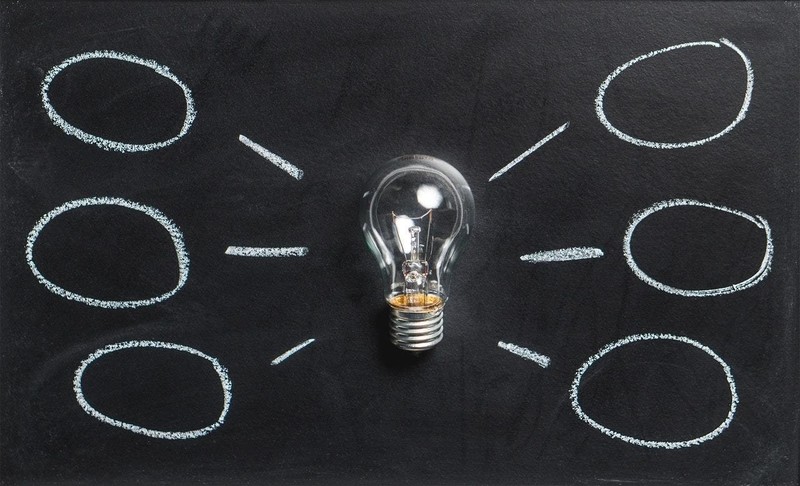Holistic healing is a modern practice of medicine that takes into consideration the mind, body, and soul. This practice focuses on attempting to heal any emotional and physical pains someone may have so they can work towards bringing balance in their life.
And believe it or not, caring for yourself is cheaper than treating symptoms, and includes selction put together like nutritious food and exercise.
1. Meditation
Meditation works wonders in holistic healing. Holistic practitioners utilize different types of techniques aimed at achieving well-being such as mindfulness for increasing awareness of the present, guided imagery for stress relieve, which is what’s used in transcendental meditation, and focusing on repetition for deeply relaxed state and increased focus.
Be aware that holistic healing assumes the body, mind, and spirit are one entity. It also recognizes that to achieve maximum health, all three have to work in synergy. Holistic medicine places great importance on self healing as opposed to treating symptoms with drugs. In essence, Hippocrates was head of the world medicine and guided force of the physician claiming people can heal themselves utilizing wooden spoon, simple methods prior to arms and weaponry medicine.
One example would be the combination of physical and mental therapy in the case of addicted people. Unlike most of the addiction recovery methods which try to manage existing problems, this type of therapy provides a wide range of positive self-help and natural solutions that may prevent a person from relapsing. In addition, holistic therapy helps to cultivate healthier lifestyle habits that support overall health and wellbeing for the patient.
2. Yoga
Integrative healing deals with yoga and meditation and other activities known to enhance mental focus and lower stress levels. And because holistic therapies help patients manage medication, patients feel empowered about their healthcare.
Holistic medicine has a unique attribute: the sickness is treated at its source instead of masking it using powerful drugs or being overly reliant on a particular treatment.
Yoga exemplifies a holistic practice, where the mind, body, and spirit are put to action under slower and simpler terms. Its three main components are postures, breathing, and meditation. The postures, or asanas as they are called, help to rejuvenate the body by stretching and increasing circulation; pranayama fills with tibikalessas promotes relaxation and mindfulness, while meditation raises self awareness and promotes multi-faceted understanding of self. When it comes to mental wellness, yoga serves as an effective supplementary method to psychotropic medication by self-regulating the neurochemical problems and facilitating long-term recovery through healthy choices. Adapting holistic practices into your lifestyle may aid recovering trauma, addiction or other issues by enabling realignment of mind body and spirit to allow effective resolution of problems – holistic solutions.
3. Nutrition
As a healing process, some holistic approaches are based on proper eating and nutrition that is deemed essential in the modern world, especially from a health point of view.
A nutrition plan is surely equally important in holistic health. The diet includes an abundance of fruits, vegetables, and lean proteins, as well as a severe restriction on processed and sugary foods.
Practitioners of holistic medicine acknowledge that all parts of a person is connected and therefore, a holistic practitioner must think of the whole person while treating any symptoms in patients. They will find the origin of certain symptoms and try to treat it through different forms of therapies and practices.
A holistic practitioner guides their patients to take control over their health and offers them opportunities that can promote wellness and prevent diseases. They ay also use herbal medication as natural replacement of pharmaceutical drugs.
4. Exercise
From renewed energy levels to happier moods, exercise can enhance nearly all aspects of health. Exercise provides relief from physical ailments while improving overall health. Physical activity also spiritually benefits society by enabling growth in community and environment alike.
Instead of providing only temporary solutions for symptoms like most traditional doctors do, holistic practitioners actively search and understand the discontent of the patient whether it’s the root cause of any discomfort or distress. Holistic practitioners provide far more long-term solutions that are often less costly than traditional medicine.
Holistic health practitioners teach their patients how to select meaningful preventative strategies and long-term goals for their overall health. Holistic health physicians make use of tools such as diet apps, exercise trackers, meditation aids, and online personal health care programs that analyze patient data and provide unmatched assistance to help patients adhere to their healthy lifestyle practices forever.
5. Coping with Stress
The practice of stress management is central to holistic treatments. While it is true that our bodies’ heightened stress response has some advantages in emergencies, it is not ideal to be under the stress response for long periods of time as the damage it can cause long-term, physically and psychologically, can be devastating.
Massage therapy, osteopathy, and mindful meditation are good examples of holistic self-care for effective stress management. Comforting fragrances from essential oils or even Andronymus music can also offer instant stress relief, altering one’s emotional interactions and enriching life’s tapestry over the long-term.
Evidence-based psychotherapies such as cognitive behavior therapy and eye movement desensitization and reprocessing EMDR) are helpful for those who have post traumatic stress disorder (PTSD) or any form of vicarious trauma. Such therapies help the individual process their experiences, learn coping mechanisms, and eliminate negative thinker patterns. These techniques for PTSD, as with other conditions, can be used with other holistic trauma interventions while ensuring that the person’s wellbeing is also supported as is the case with holistic healing.




